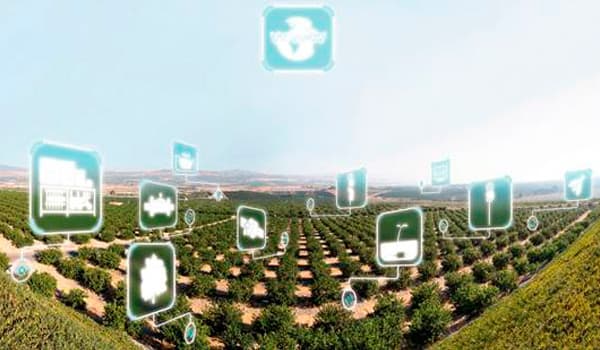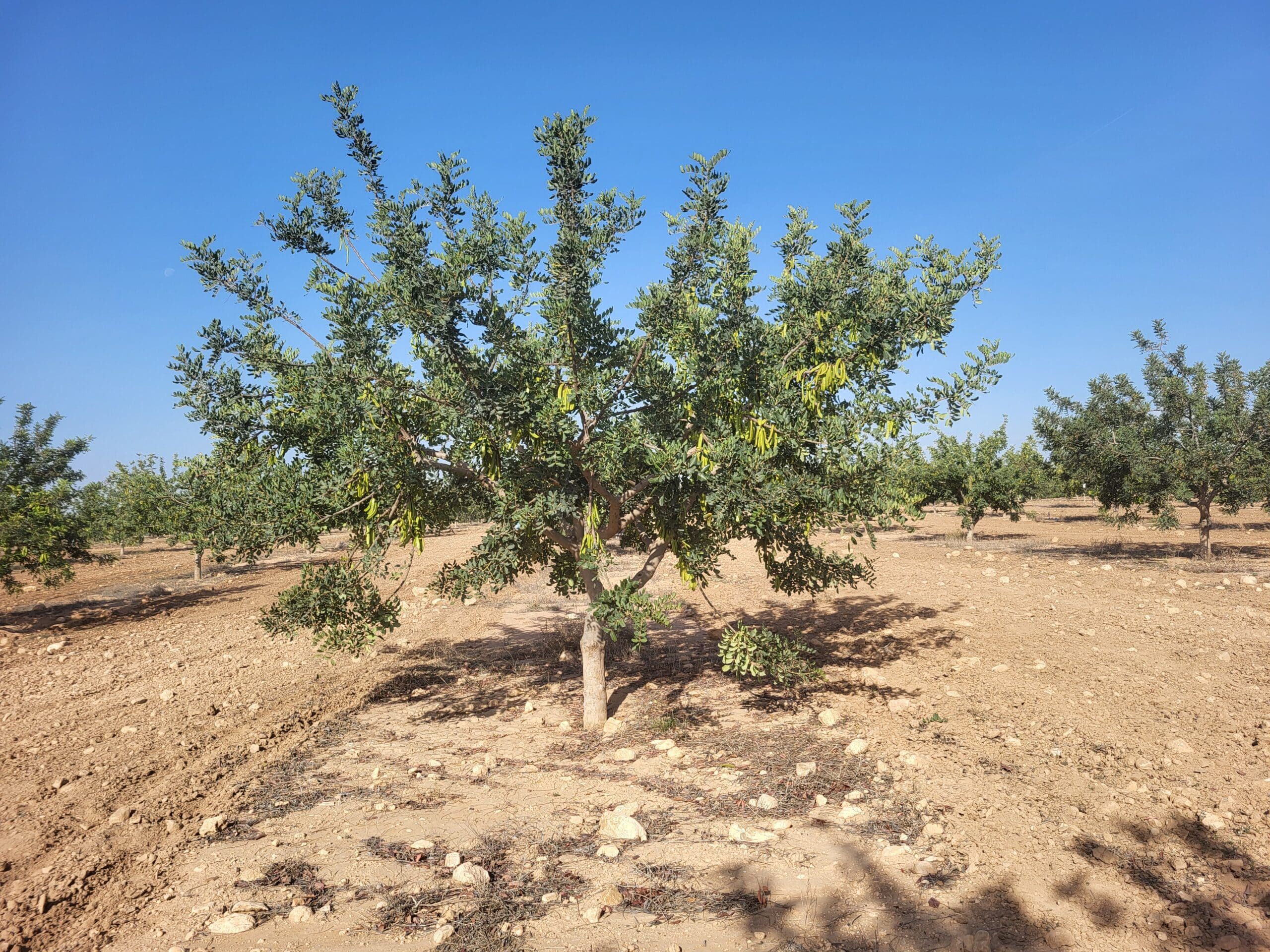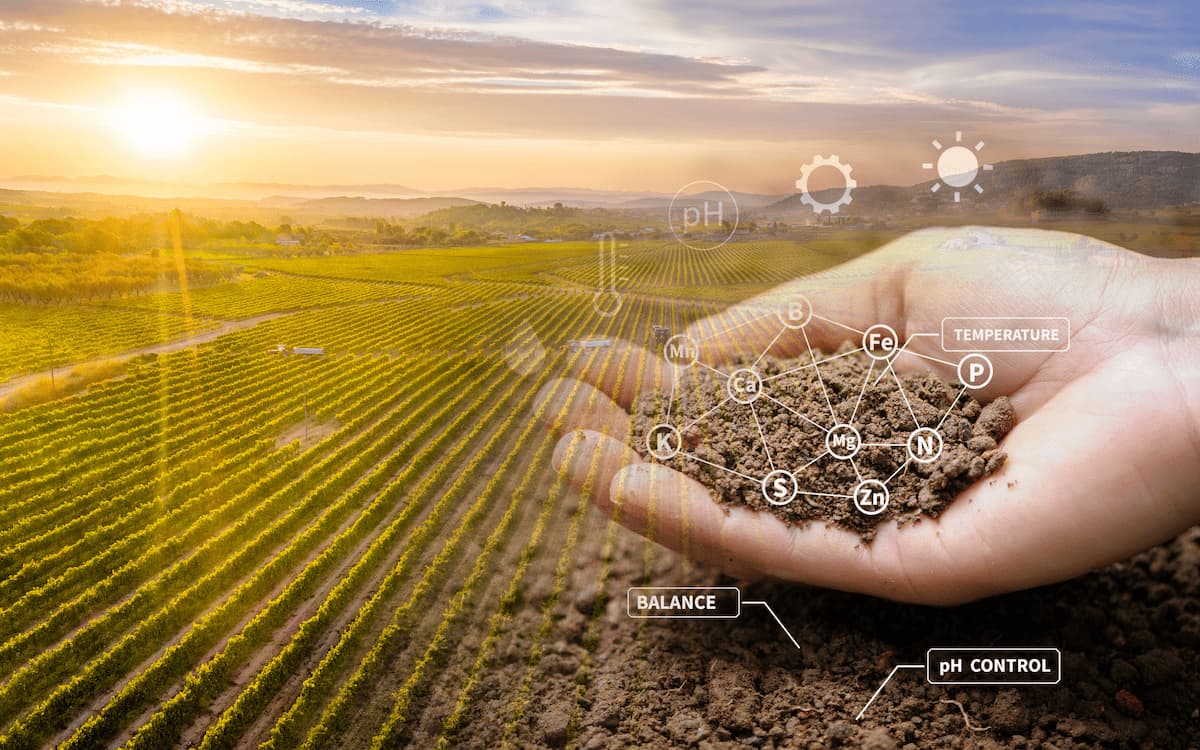Table of contents
For a more accurate and efficient irrigation system
Agriculture is the economic activity that exerts the greatest pressure on water resources worldwide. The transportation, distribution and supply of water for agricultural activity requires much energy, which is an essential part of the financial expenses required to ensure production.
Increased environmental awareness, rising electricity prices in rates and declining quality and quantity of water have led to searching for solutions that promote the efficient use of water and energy in various agricultural irrigation applications and systems.
Water and energy efficiency is defined as “the ability to use as little water and energy as possible to achieve given production objectives.” Greater efficiency in the production system allows the same result to be achieved with fewer resources.
“A localised irrigation system is one that allows a higher production and economic performance, thus providing better values of the indexes associated with the production activity.”
At the agricultural level, irrigation system design criteria must be more dynamic when considering the availability of new materials and products, application knowledge and environmental awareness to boost productivity in the use of water and energy.
There is no point in using a more efficient irrigation system if the most appropriate criteria are not considered in the installation’s design phase, the irrigation practice and the system’s maintenance.
Criteria from an application engineering perspective:
- Design of the hydraulic structure to allow a high spatial and temporal homogeneity.
- Reduced operating pressure requirements, thereby reducing the energy devoted to transporting, distributing and delivering irrigation water to the plant.
- Achieving high homogeneity in the distribution of spatial pressure in the irrigated area to allow the plant to receive an even amount of water.
- Irrigation system maintenance through an inspection protocol. This ensures that all functional elements comply with the level and operating conditions defined in the design phase of the irrigation system through the necessary maintenance.
- Irrigation according to the nominal design values avoiding deviations that alter the water uniformity determined at the design stage.
Failure to comply with these criteria leads to uneven spatial and temporary application on each plot. This leads to taking a strategic decision to establish irrigation patterns.
It requires deciding whether to supply water directly to areas with a more favoured supply or to increase that supply to the irrigation sector area as a whole so that areas receiving a lower water supply do not experience water shortages.
Monitoring through digital tools or drones, along with sensors and probes, allows to know the spatial distribution of the water and health condition of the crops.
Not only do these tools allow making a diagnosis of conditions in irrigated areas, they should also be used as a design tool to identify and combine areas with similar characteristics and create new design guidelines that allow a uniform water response to the crop.
It is the shared responsibility of all professionals linked to this industry to raise awareness among all those involved in the efficient use of resources used in production activities, and to inform consumers about the resources used in production so that they can make decisions regarding their contribution to the water footprint and carbon footprint.
Interested in learning more? Learn more about our precision irrigation solution here.





